登高走山的日子(二)走山的快递哥 (w English)
南加的山谷很多,我们居住的城市实际上就是由一个大的山谷发展而来的,所以抬头可见不远处的山脊。附近大大小小,高高低低的峡谷一个紧挨着一个,开辟的山路也是一条又一条,有不同的入口,不同的线路,有规则,有人管理,有巡警,有网页更新各个trail的情况,遇到下雨天,路面状况不好会关闭。
我们这支队伍走的最多的是离家十分钟左右车程,一个靠近鹌鹑山的峡谷。此峡谷很大,连绵近百英里。因着它离家近,也因着它错落有致、时急时缓的坡度迎合了不同体力人员的需求,使它一举成为我们的根据地。
三年来,无论春夏秋冬,我们每周六相约在早晨6:30开拔,大家都很守时。老实说,上了一个星期班了,周六很想赖赖床,彻底放松一下。而周六的早起往往影响周五晚上的睡眠,哪怕是上了闹钟,心里有事,总是睡不踏实。尤其是一到冬天,天日变短,早起就更是困难。 记得感恩节前后冬令时拨改之前,六点钟起床,天还是黑漆漆的一片,坐上车,开在沉睡的城市街道,心也不免动摇。然而,天道酬勤,早起的虫儿有鸟吃,有付出总有回报。大自然对我们这些人的回报是丰厚的,正是这早起, 我们无数次看到了东方破晓,看到了第一缕霞光从云层间喷薄而出的壮观,看到了金光洒满天边,朝霞如血的美丽。迷蒙的山谷醒来了。我们迎着晨曦,在空谷的鸟叫声中,成为山谷里的第一支队伍.......
队伍中的两位男士J和A是一对好搭档,他们两人的走速快,走着走着就开始与大部队拉开距离,随后消失在茫茫大山中不见了踪影,我们称他们是打头阵的先遣队。 通常他俩会多走一段路,然后折身回来,与大部队汇合一起返程。 这样的组合,大家也都没有觉得任何不妥,所谓强强联手,各取所取,互相间也没有压力。
一日,J太太的弟弟从北京来这里度假,应邀参加了我们的队伍。大小伙子估计新来乍到的,跟着姐夫走,不甘示弱啊,估计走了八九个英里。好家伙,这一回到家,大小伙子看到他姐,马上吐槽了,"我的妈呀,姐夫这两人走山就像送快递的,把人都走碎了。" (走碎了! 此处加上想象:-) 北京人的语言,不愧是皇城根脚下的,就是形象,听罢眼前立马呈现出两位男士目标专一,不管山外如何风情万种, 他俩蒙头走路,好一副不达目的不罢休的画面。 当他姐姐D把她弟弟的原话传到队伍中,大家一下子乐了,从此"快递哥"这个称号就在队伍中火红了起来,尤其是J, 大家索性不称其名,直接称呼"快递哥"。“快递哥”是褒义的称呼,成为一名快递哥成了其他男士开玩笑时的新年resolution 。不久,队伍又冠名另一位上海妹子以"快递妹"的称呼。巾帼从来不让须眉。
家中的某人开始时并没有加入队伍,所以开始的几个月我常常是一个人早起赶去与队伍汇合。我深知他的脾气,不可强推。半年后,不知是什么触动了他,或许是近朱者赤吧,一日,他忽然像梦醒了一般,兴匆匆地要约快递哥周六一起爬山(快递哥那日刚下飞机),从此队伍中多了一位每周六(无论酷暑)脖子上挂着个大相机的某人,人称"队伍御用摄影师":) (自称三脚猫),他的到来为队伍添了一位男丁,更重要的是,他随手拍下的珍贵照片--山脊海面,飞禽走兽,山花野草,美女帅哥--记录了我们的脚踪和身影,让大自然和人永远定格在他的镜头里。
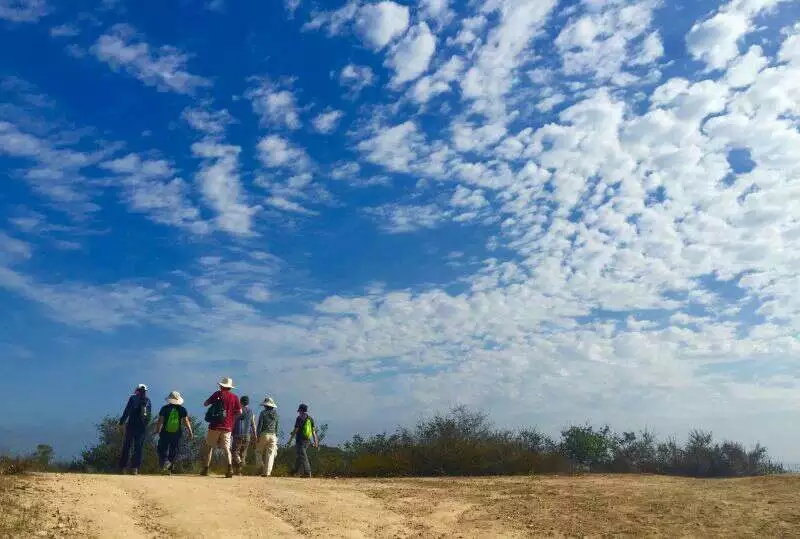
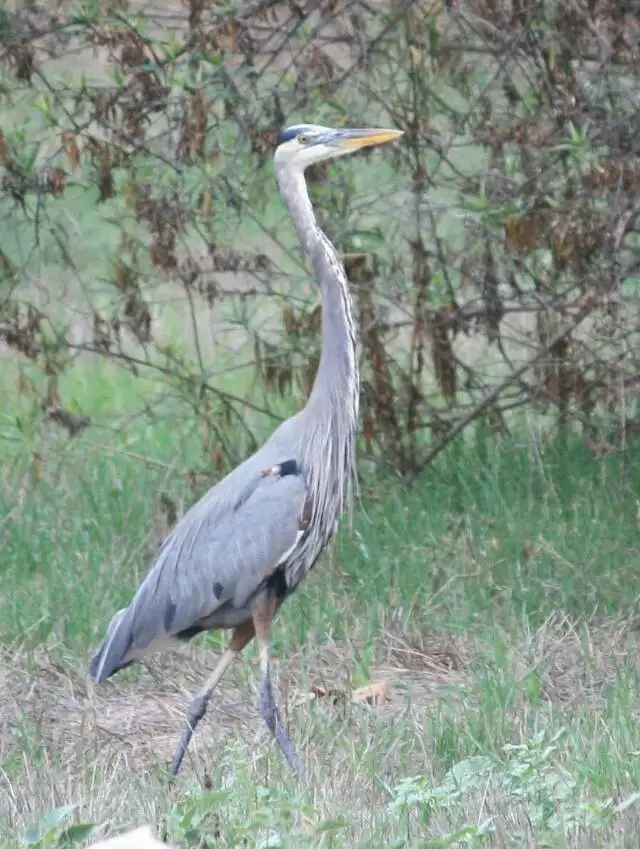
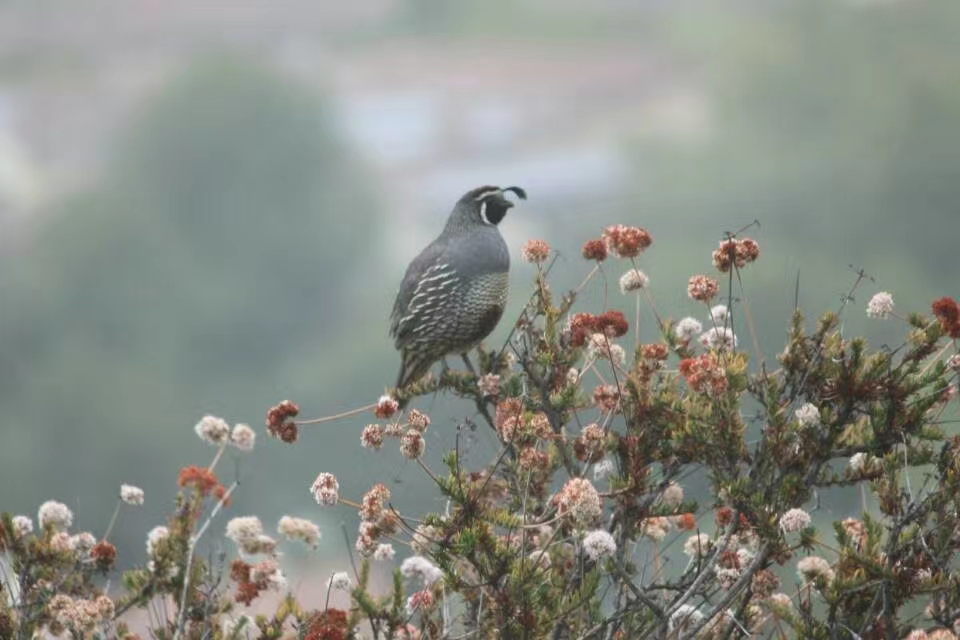
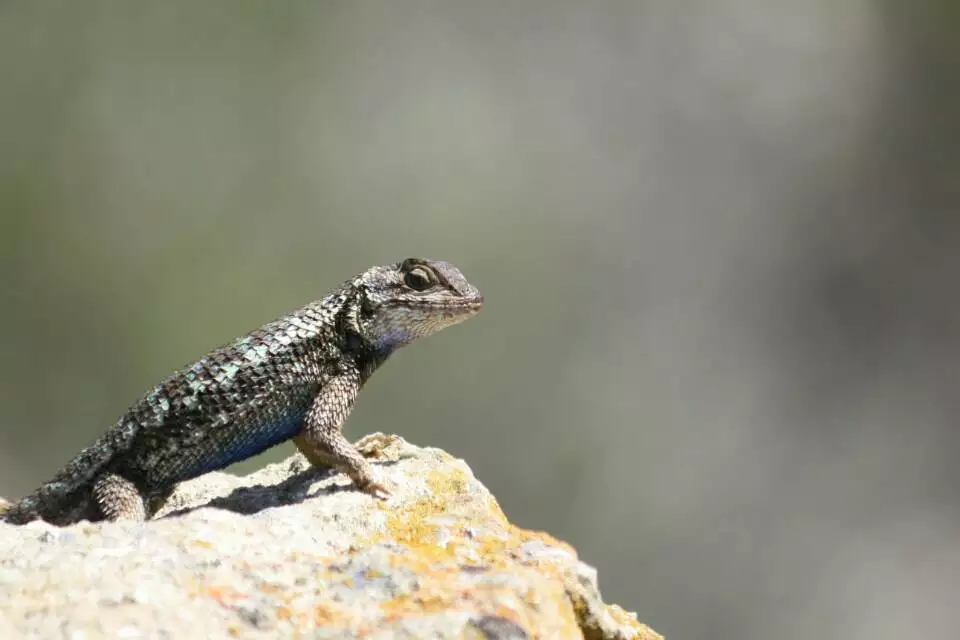
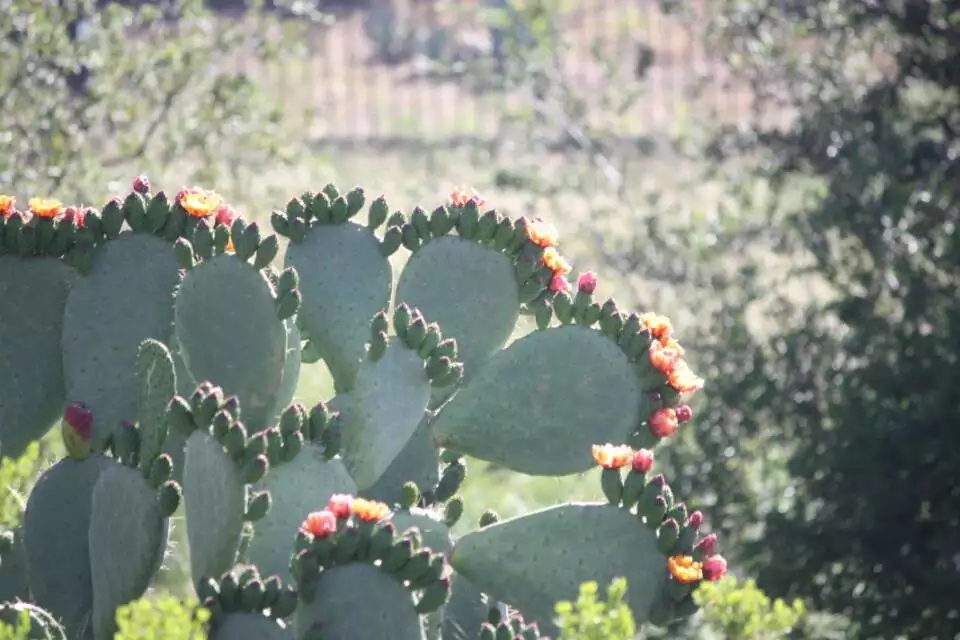
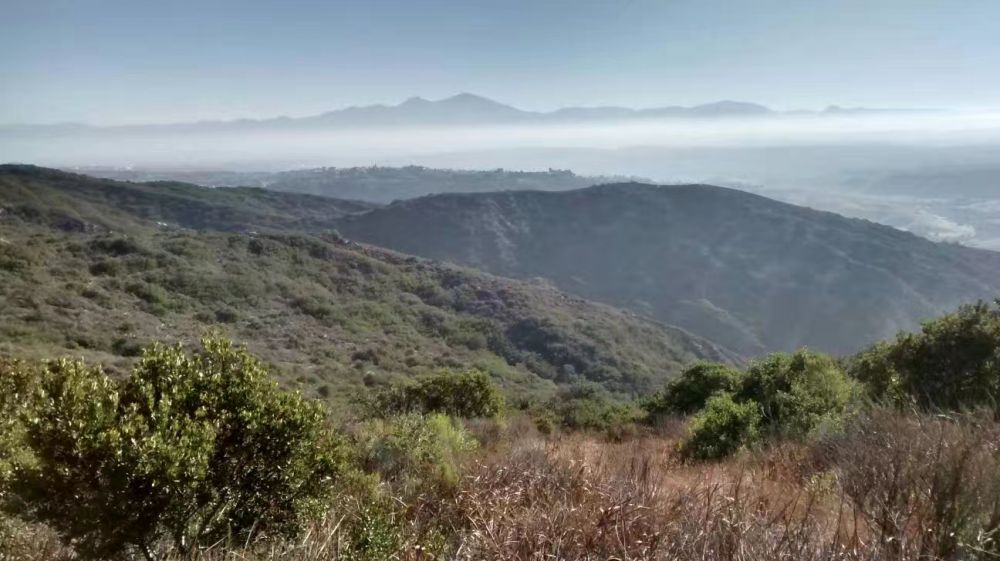
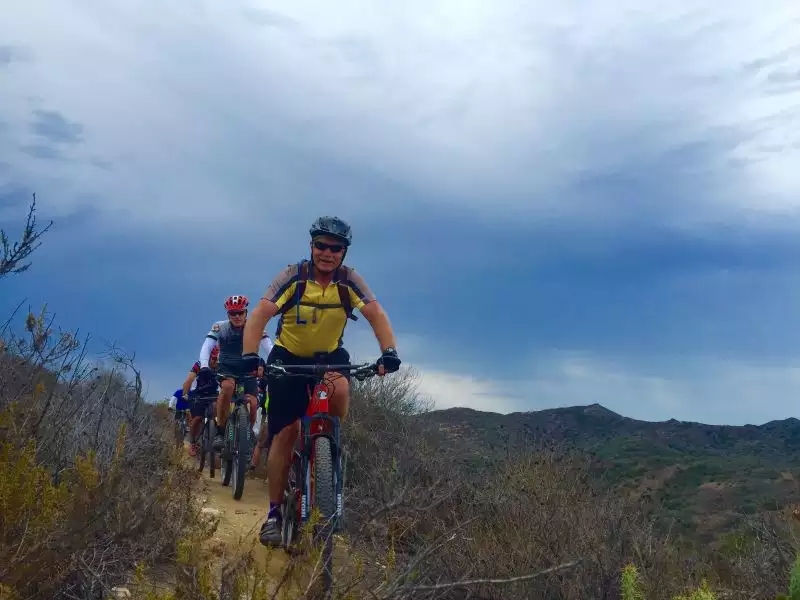
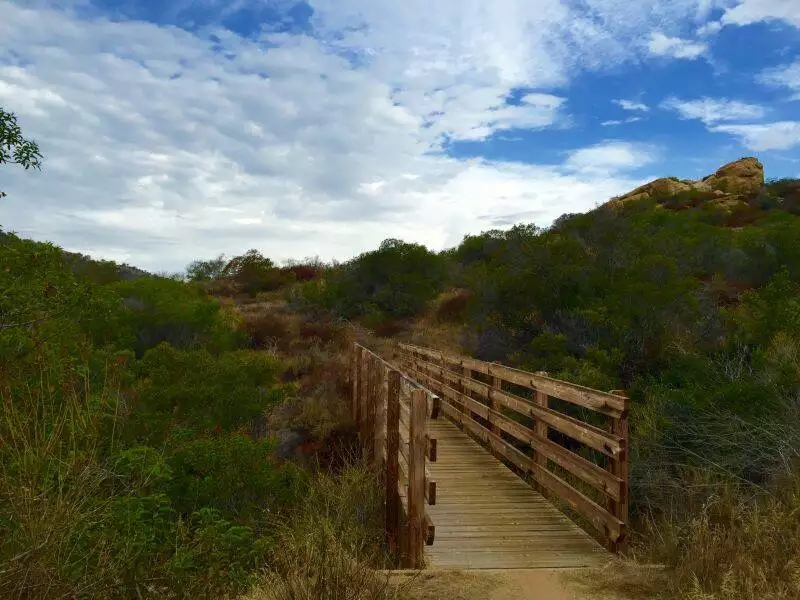
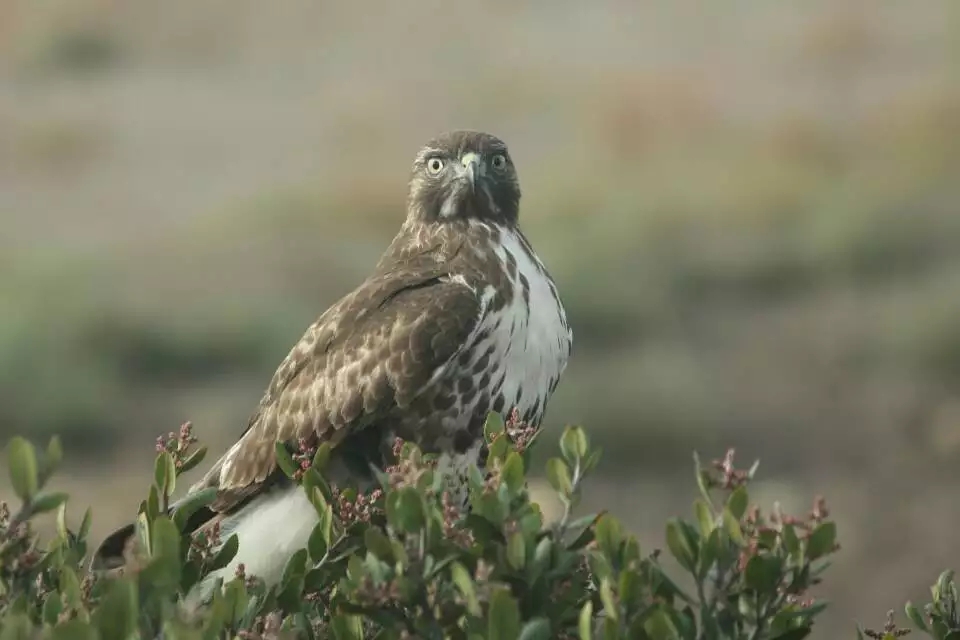
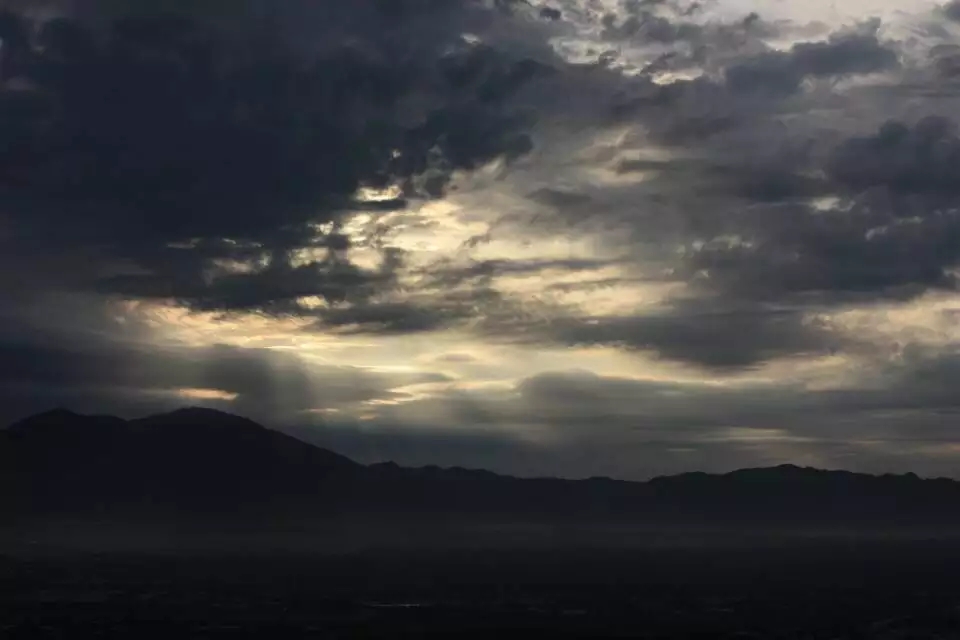
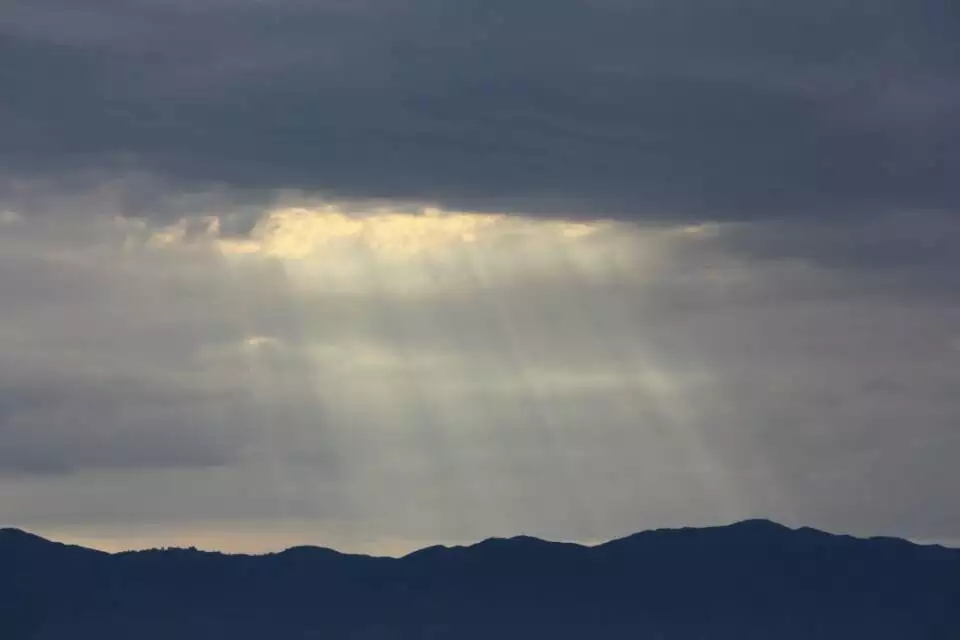
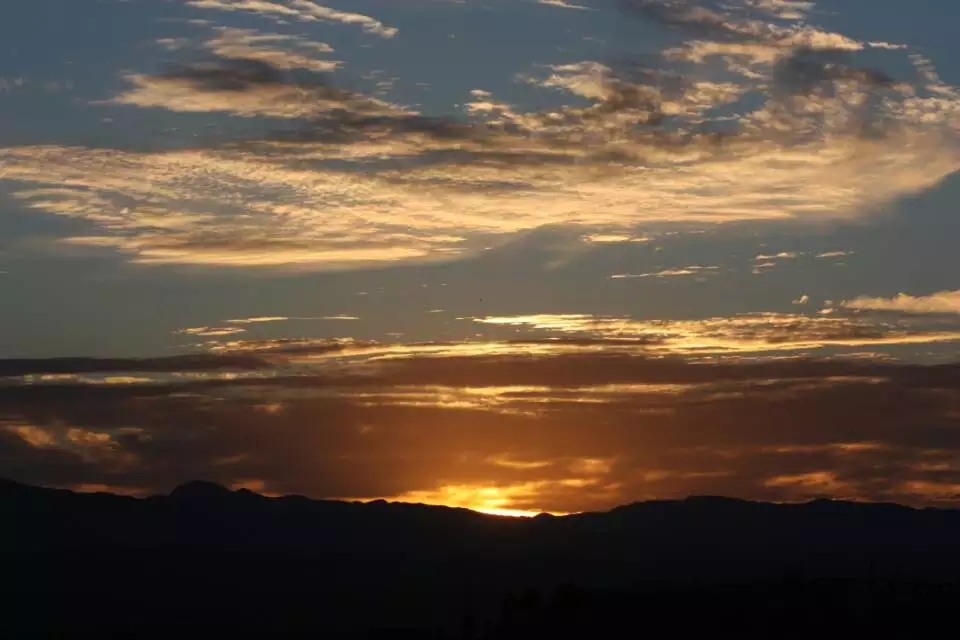
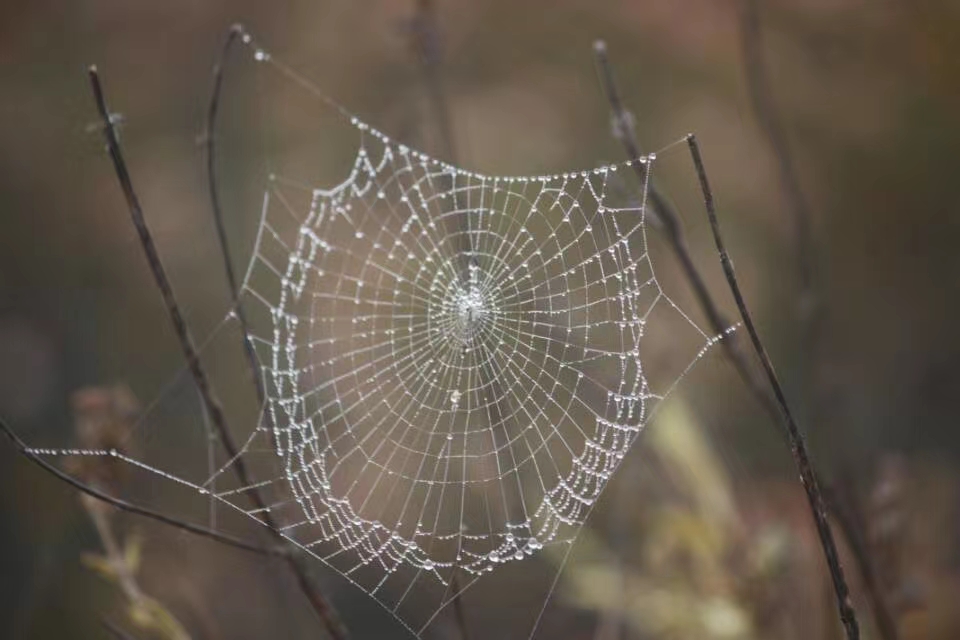
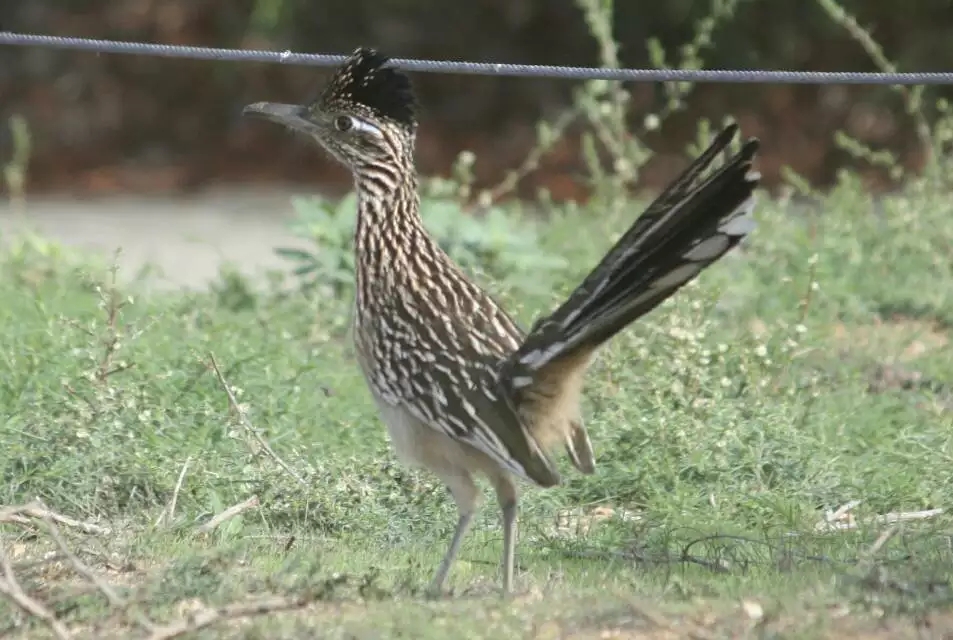
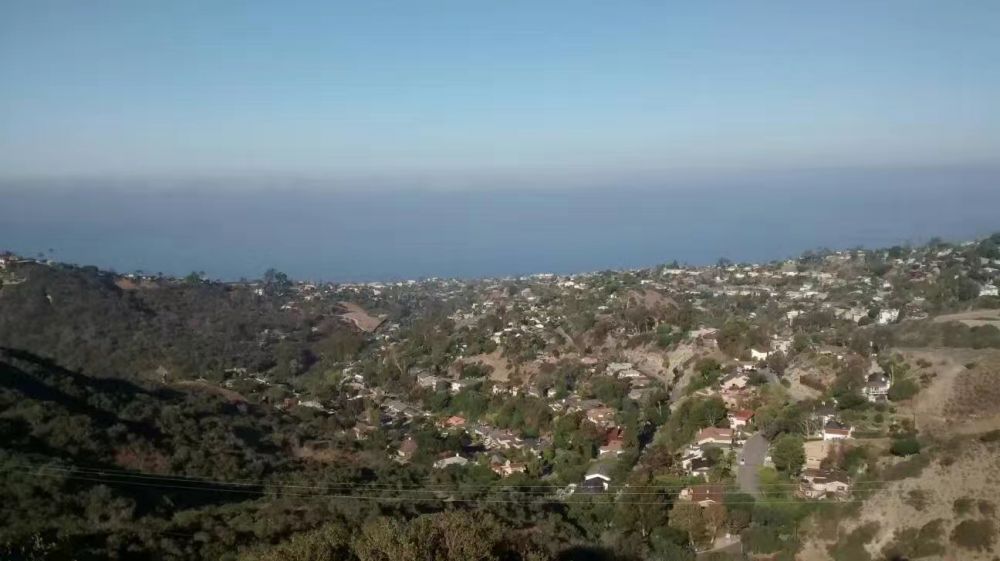

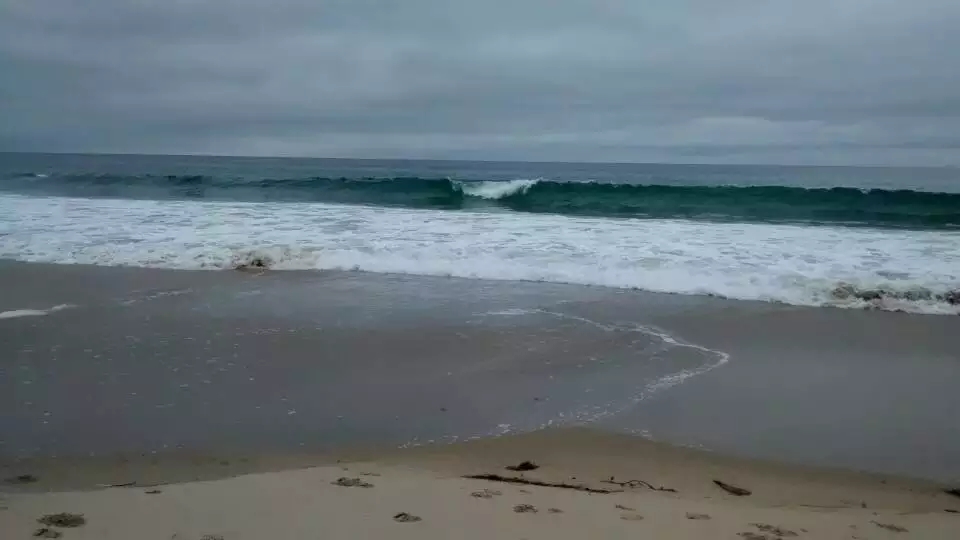
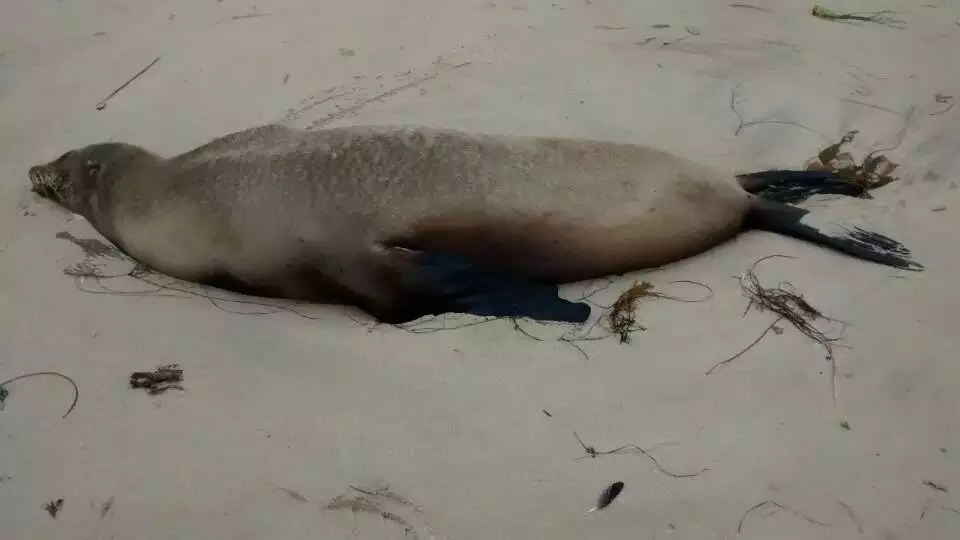
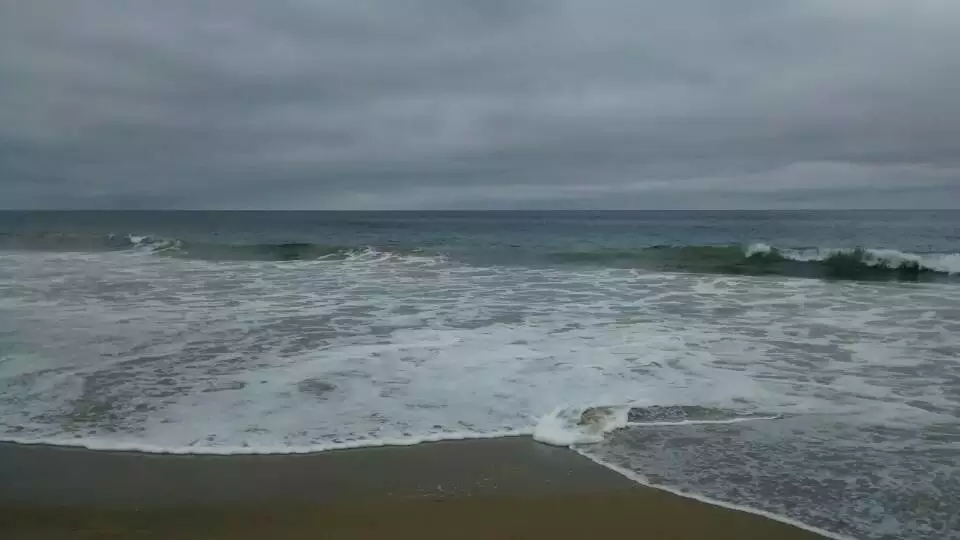
Our hiking team consists of mostly empty-nested parents, whose kids are either away at college or at work. When I first joined in, it had about six team members. We start at 6:30 am in the mornings, summer or winter. Getting up early could be a pain after a weeklong work. But it is the early bird that gets the worm. As early risers, we are rewarded with numerous glorious sunrises, the splendid scenes of sunrays bursting out of thick clouds, patching the sky in seconds with the golden speckles. Come winter season, when 6:30 am in the morning could be as dark as night. I remember that I see the city beneath glittering in peace. Down below on the freeway one direction streams with yellow lights, and the other flowing like silvery light rivers. Before long dawn cracks and the sky turns white, basking us in the morning pristine mist. Those views will never be available to us, had we been asleep in bed like late risers.
The city we live is a valley as a matter of fact, besieging a modern city with sprawling nature before it opens itself further to the sea. The closest trail we find is nestled next to Quail Hill, about ten- or fifteen-minutes drive away from where we live, a trail we repeatedly trek upon. We call it our “base field” (gengjudi) or “Old trail”(lao lu). It is said to be connected to the sea at the end of trail as our two pioneers made it once or twice, and of course I was not among them. But I did succeed in reaching to the sea on another trail, a total of 12.4 miles, on May 9 2015, the day before Mother’s day, with a team of about ten people. It was an unforgettable day. We started our ascent from the lower valley. As we reached the peak sweltering and breathless, the wind from the seaside soothingly refreshed us, and the view was stunning. Not far to the left, the undulating mountains are seamed by the rugged ridges. On the right, red-roofed houses huddle among the green. Turn to the middle, at the end of our sight, placid sea surface meets the skyline, azure and shimmering in the sun, dotted with a lone white sail. On the back of us, a highway cuts through the mountain. Then a winding trail takes us down to the sea. As we hike downhill and get closer to the sea, we are like hikers out of a desert sighting an oasis. When we finally set our foot on the soft sand beach, embraced by the caressing breeze, listening to waves lapping rhythmically against the tall cliffs, we feel like walking in a paradise.